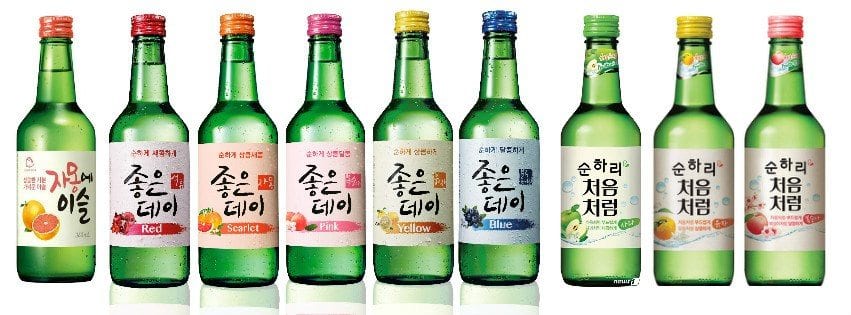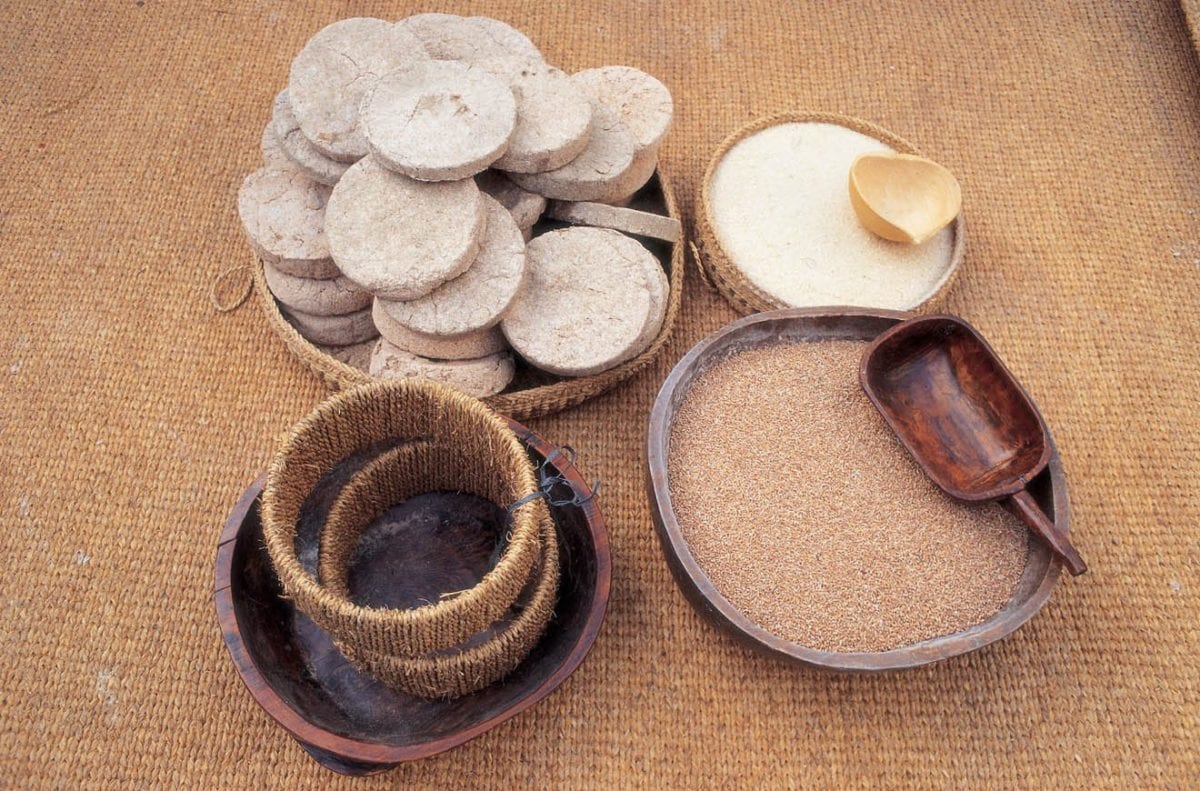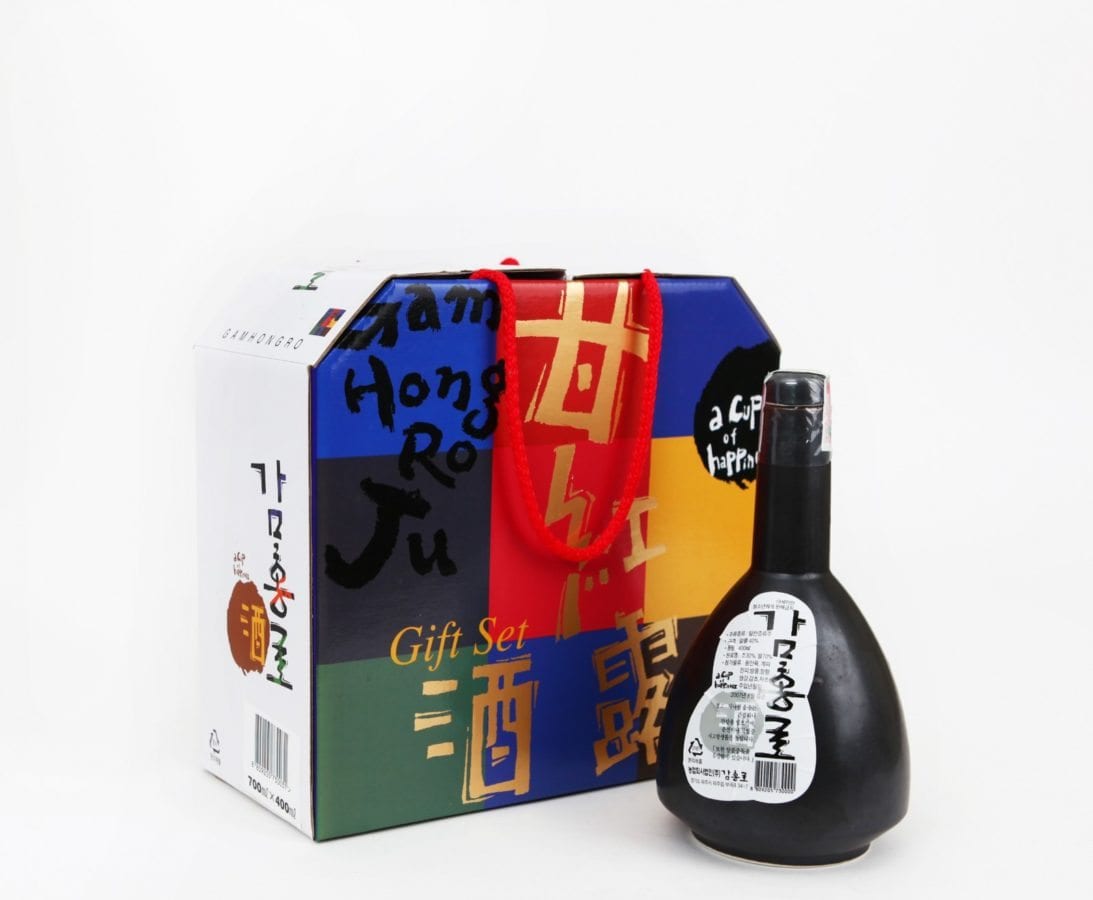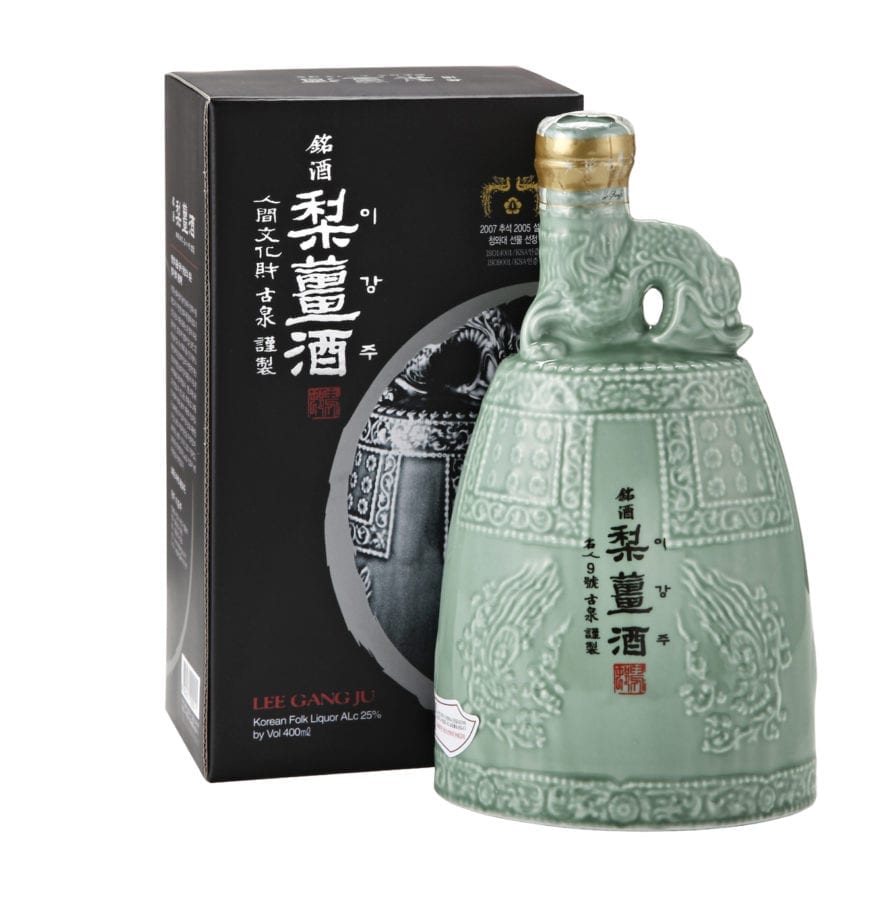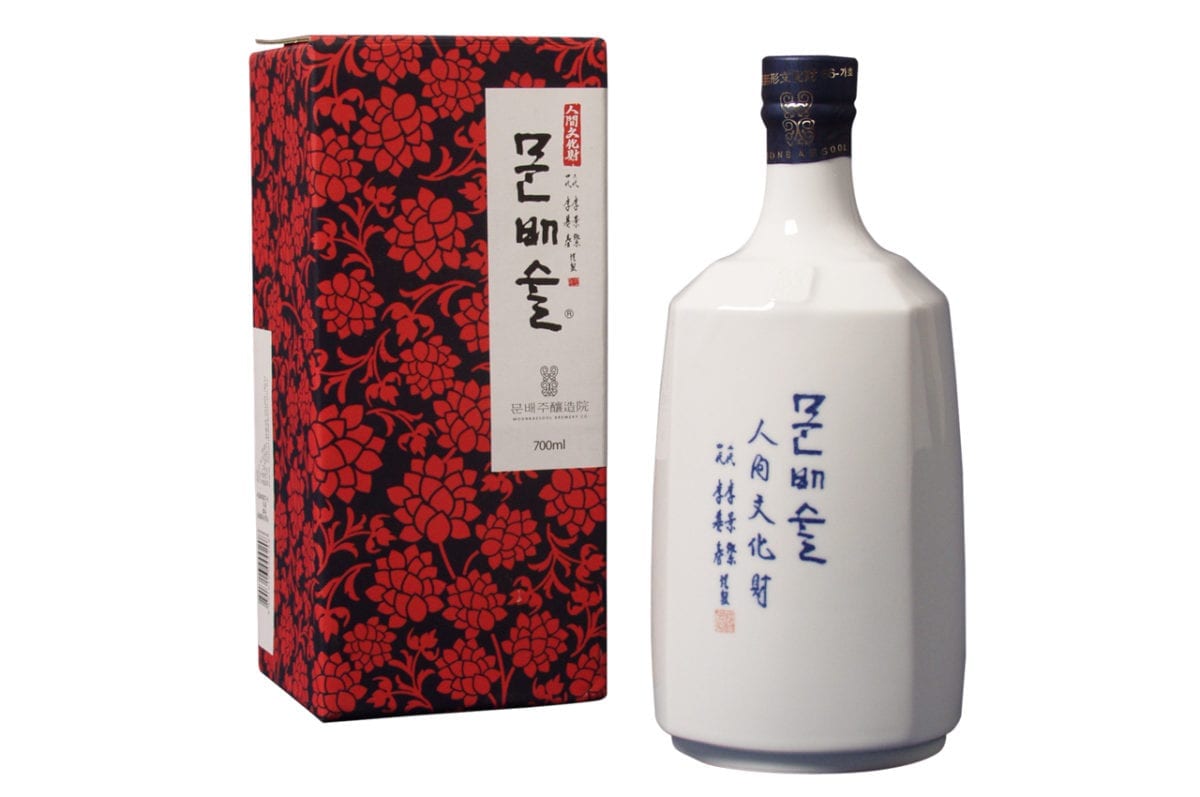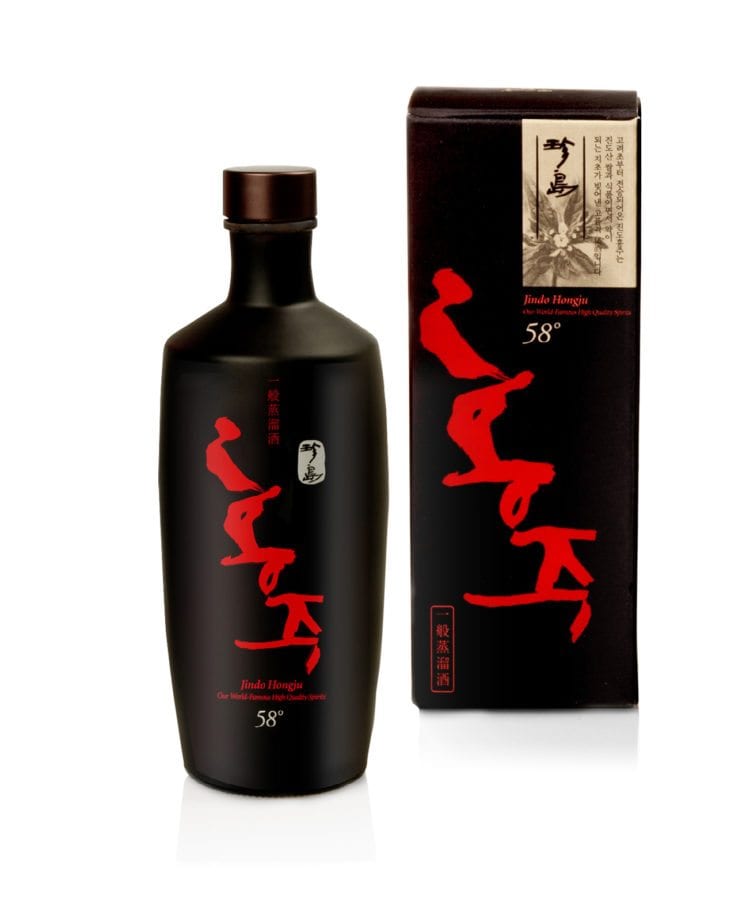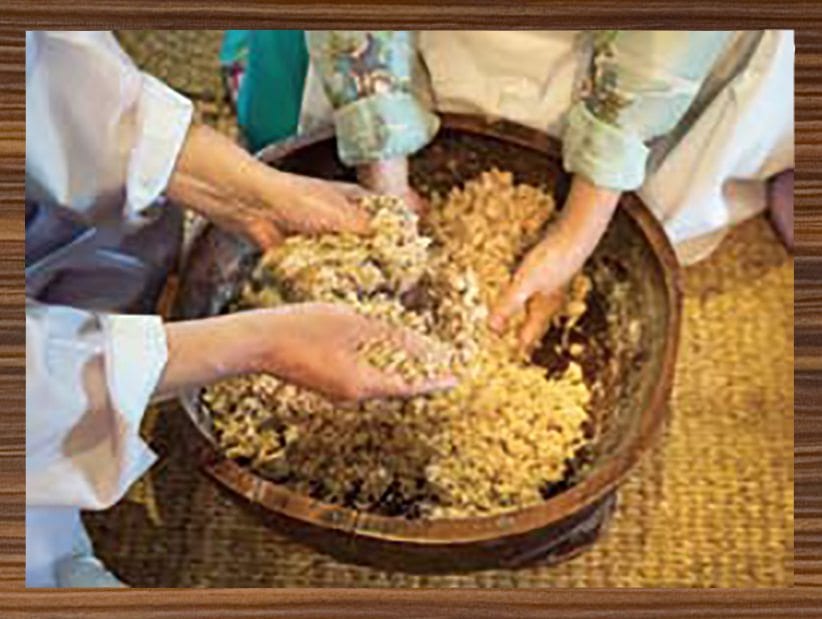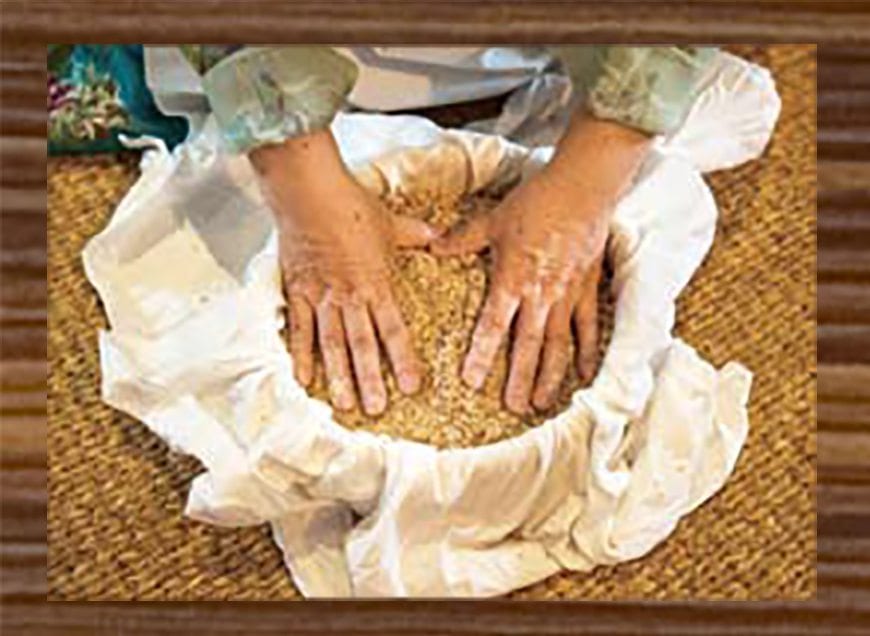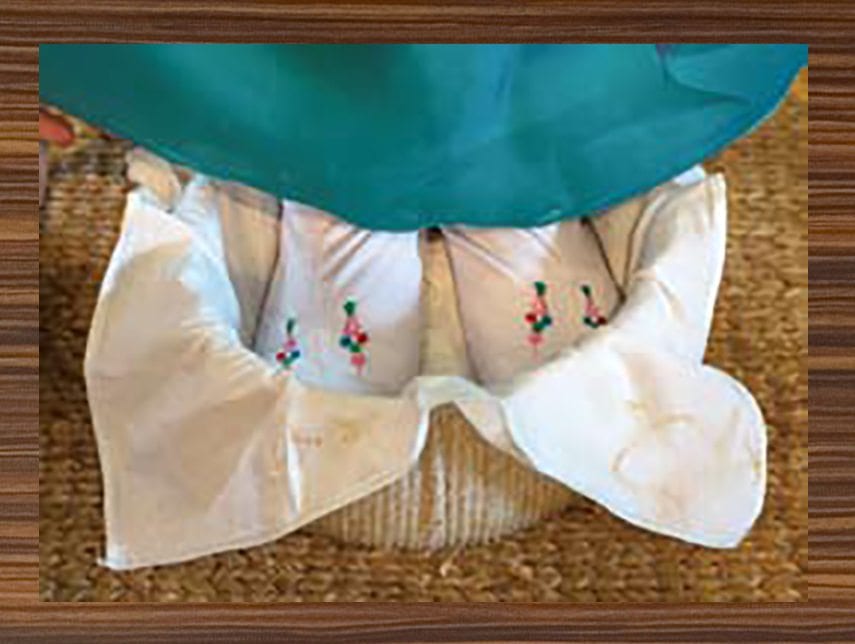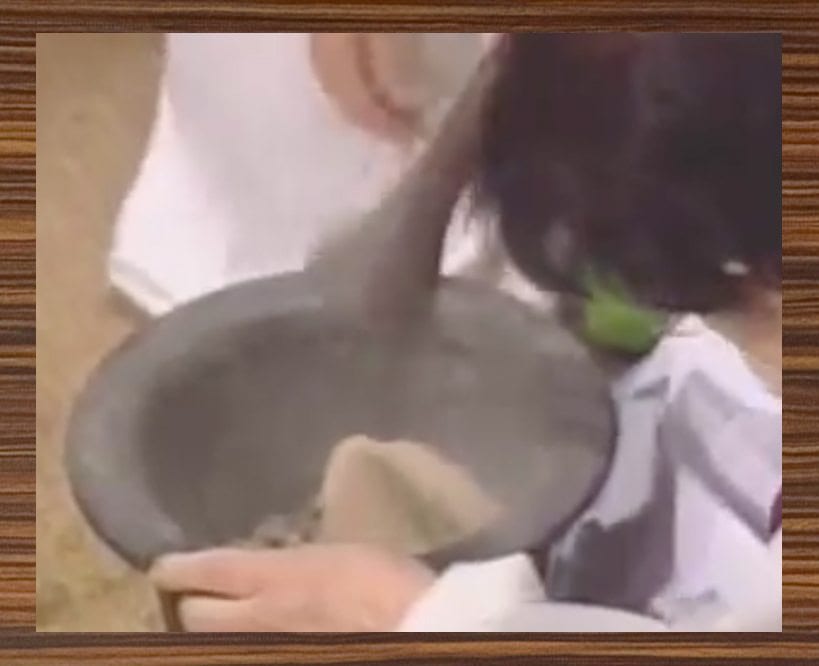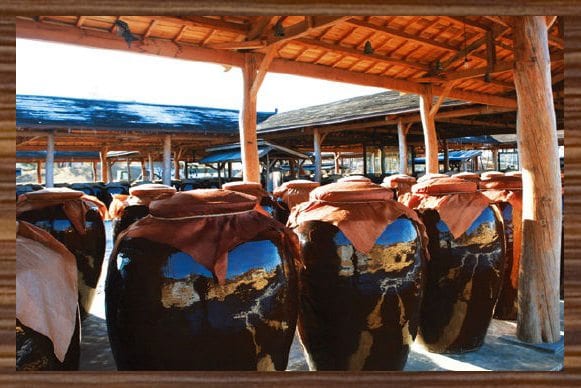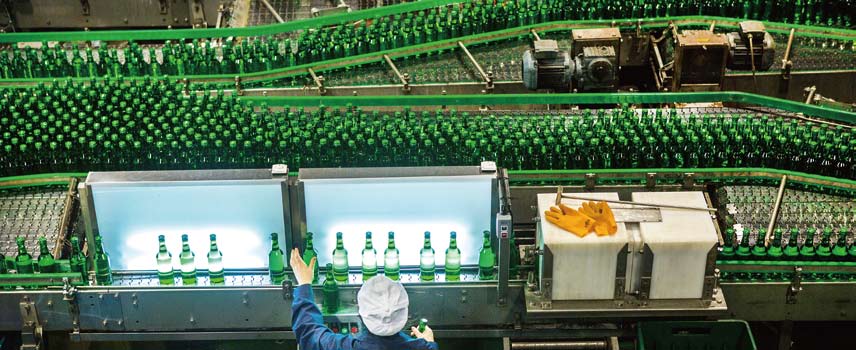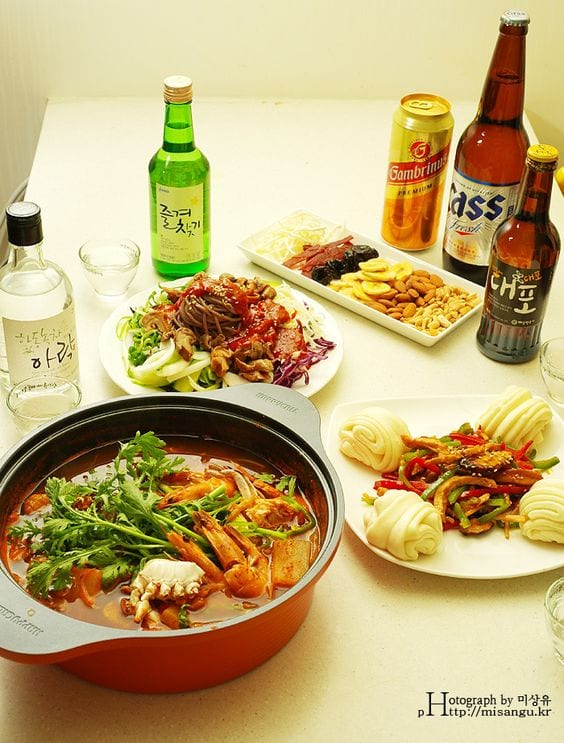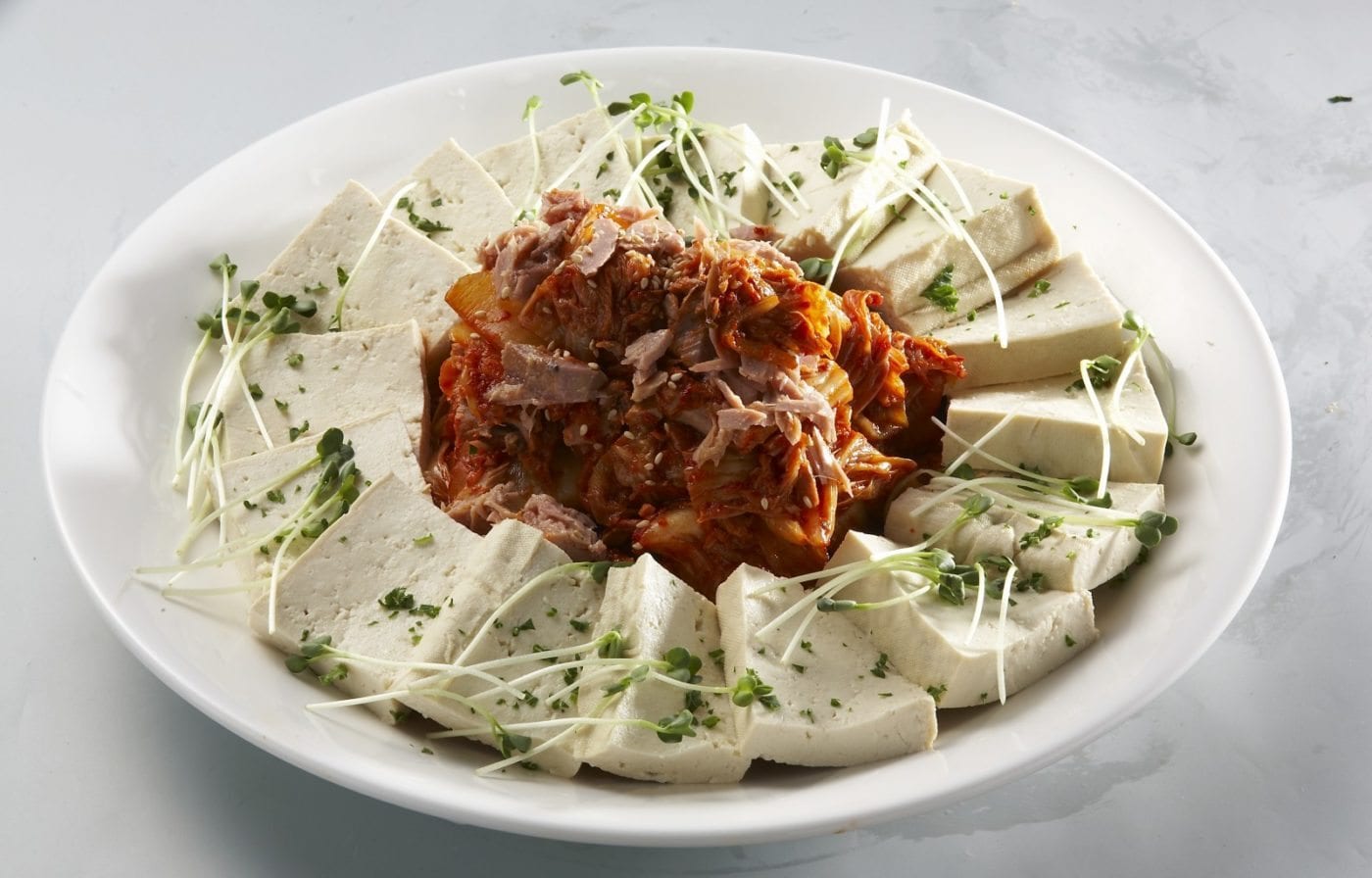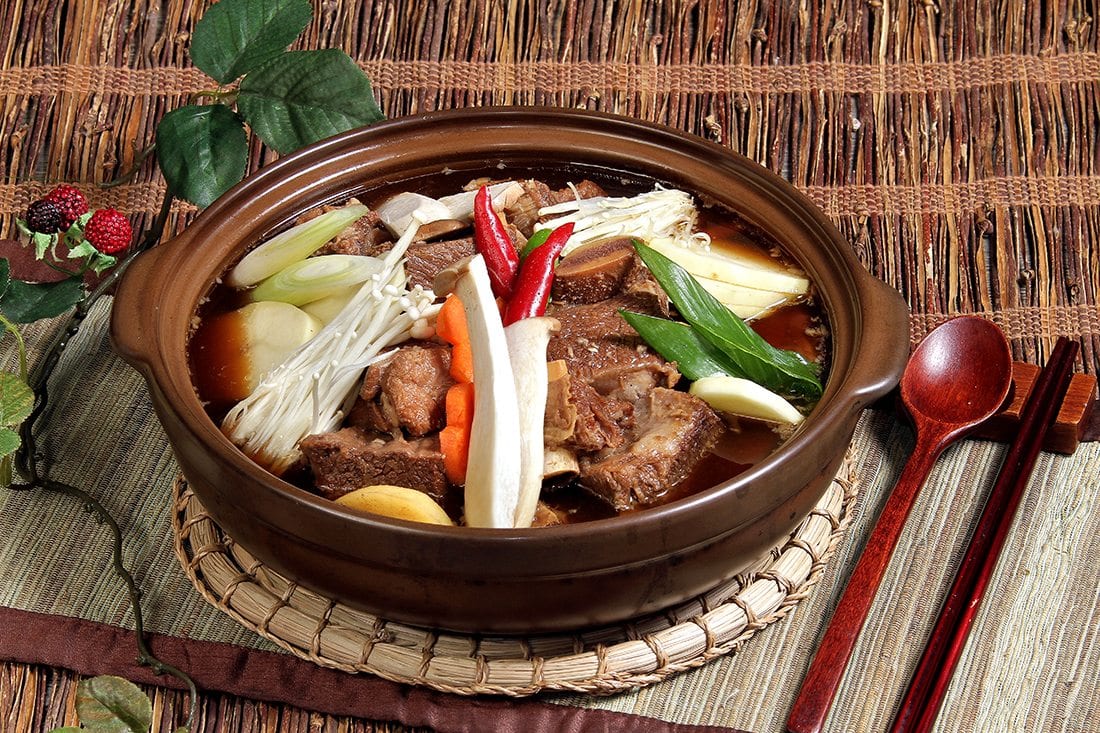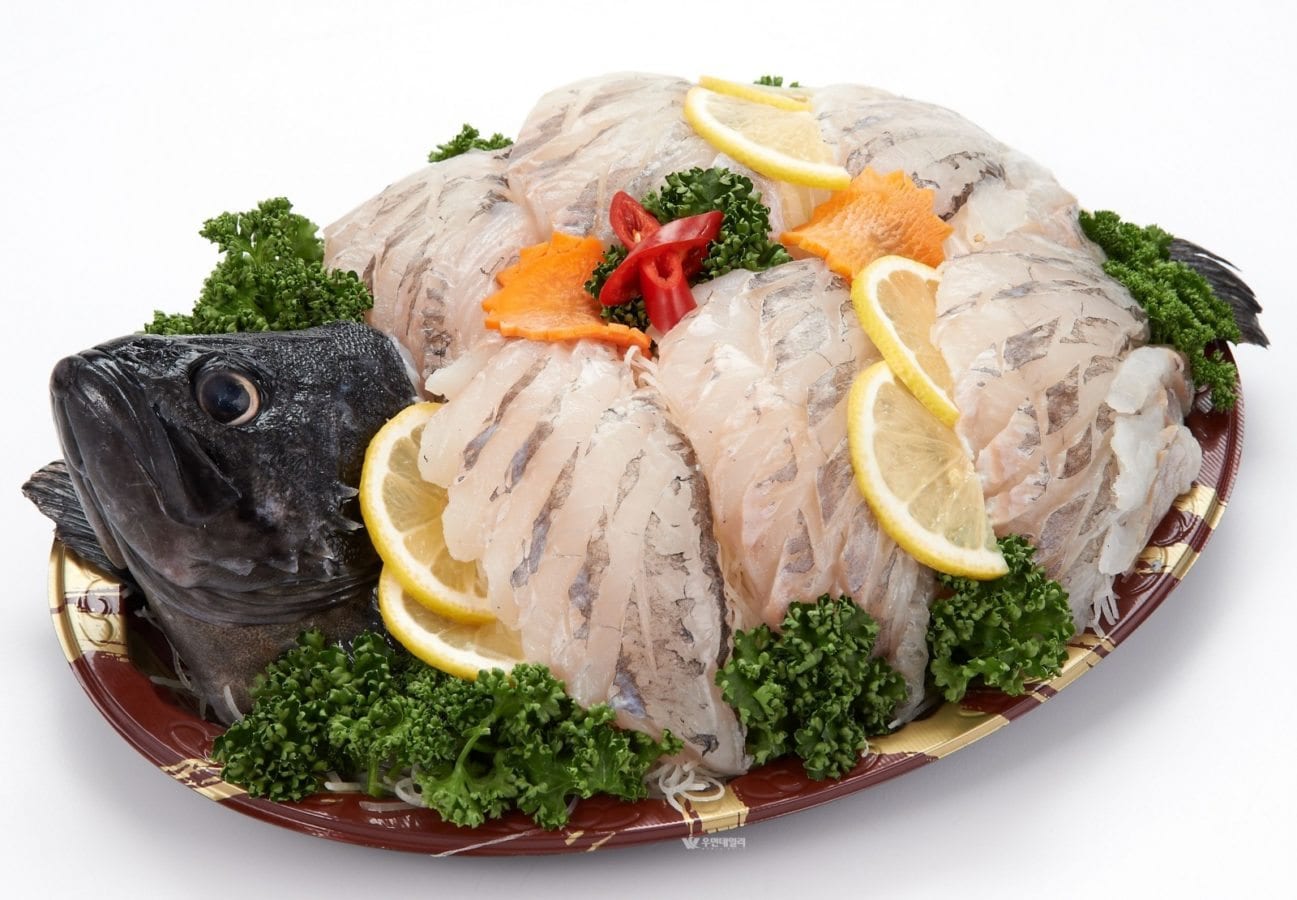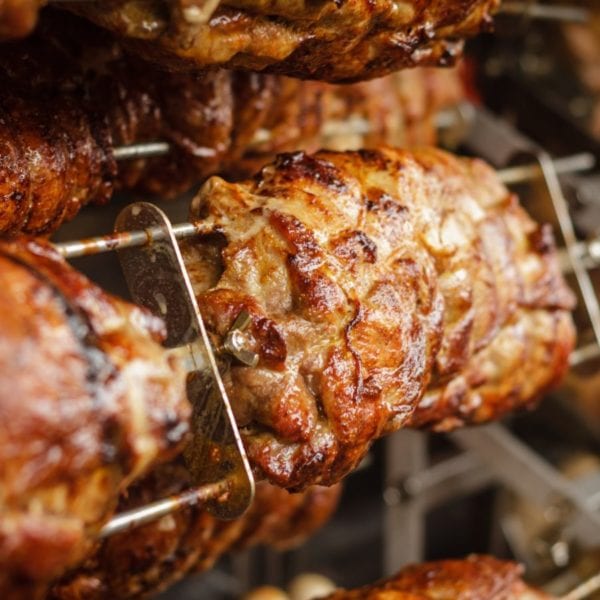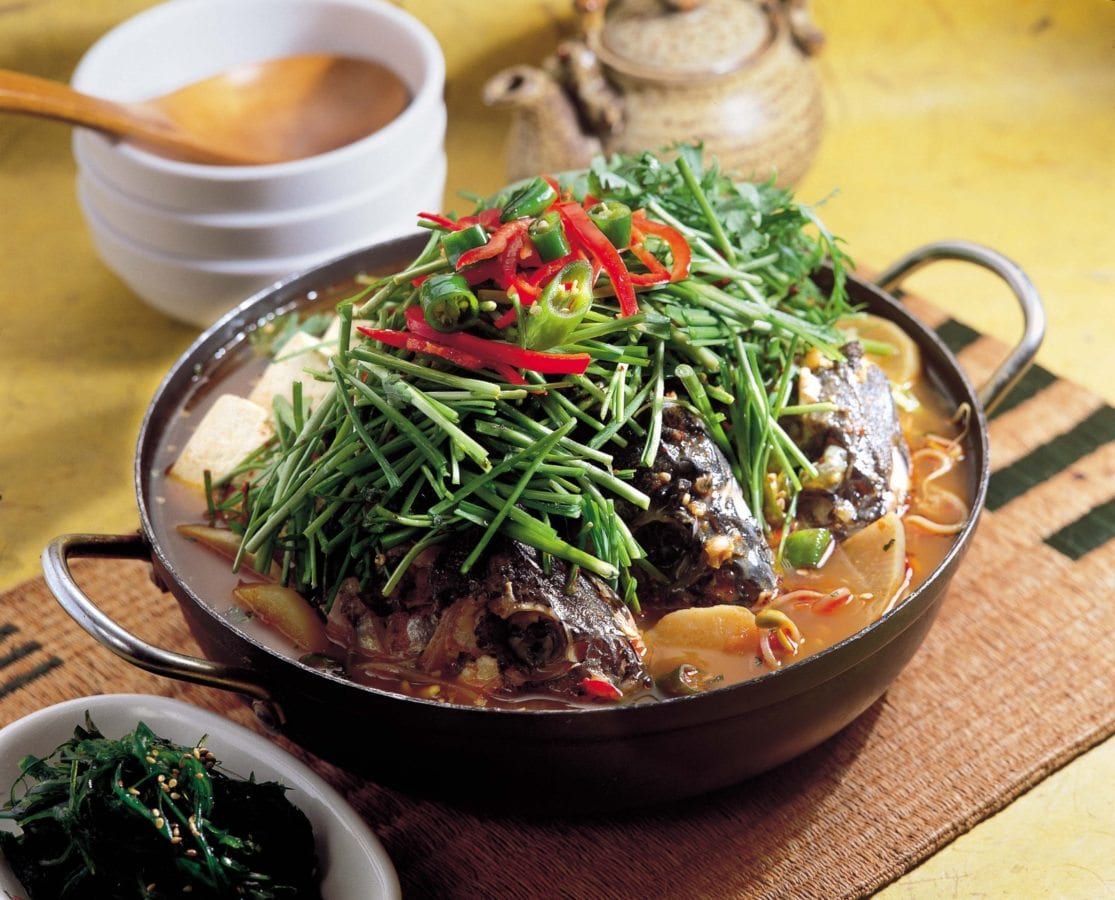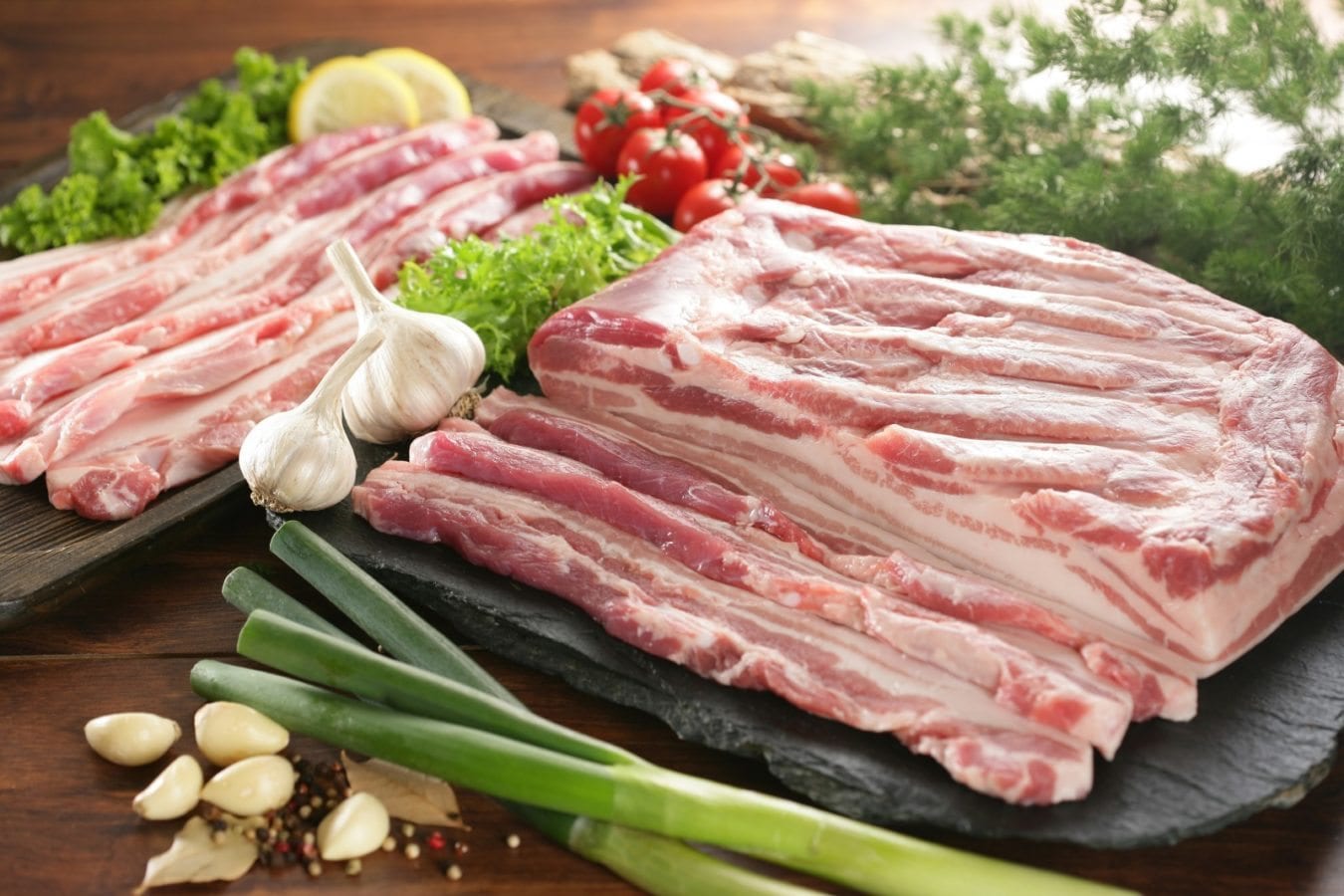
Soju (소주) is South Korea’s dearest and most consumed alcoholic beverage, it’s considered as the “National Drink”, it’s a clear and colorless distilled beverage whose story is as ancient as South Korea’s civilization with its characteristic green bottle package you are sure to have seen it on the shelves of convenience stores or local supermarkets.
However, the masses’ favorite firewater is not indigenous to South Korea, it was brought in by Mongol invaders in the early 13th century during the Goryeo Dynasty. You could say soju was spread through war, as it was originally made in Arabia known as “araq” and passed through the Mongols before arriving in Korea. According to history sources Genghis Kahn introduced the Arabian araq to Mongolia and then his grandson Kublai Khan, first emperor of the Yuan Dynasty brought it to Korea.
Traditional Soju’s main ingredients are rice and wheat and goes through a distilment process and gives its high alcoholic content. But there was a time when that was not the case, during the Post-Liberation Period in 1965 the government banned the use of rice to brew alcohol, thus replacing it with diluted Soju. Before the ban on rice was lifted, South Korea started using sweet potatoes or tapioca to make alcohol, which opened way to many of the most popular Soju brands like Chamisul (참이슬), Chum Churum (처음처럼), Good Day (좋은데이) to name a few, today, however, many of them still use the distillation method for their production process.
Even though Soju can be categorized as one of the oldest spirits in the world, since modern times its alcoholic content has been reduced, following the worldwide trend of favoring lower alcoholic content drinks. But! Not all is lost, there are still plenty of old style (and high alcohol content) Soju in South Korea.
Old Style Varieties of Soju
Andong Soju | 안동소주
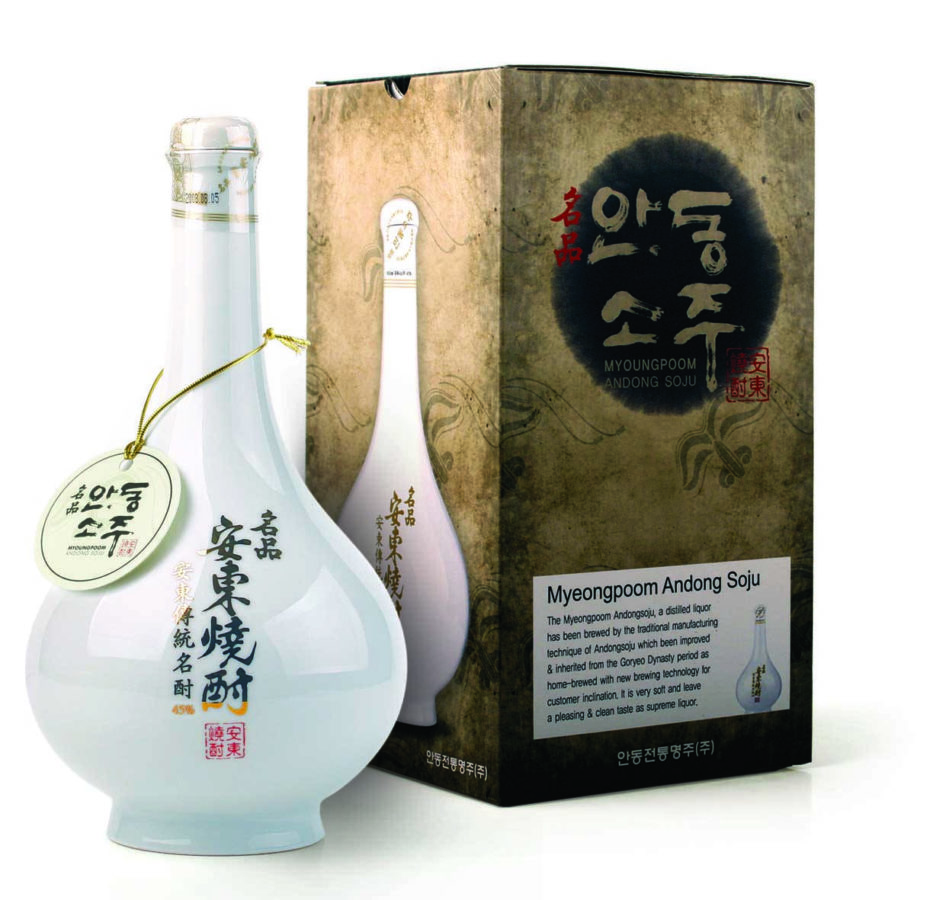
Gamhongno | 감홍로
Igangju | 이강주
Munbaeju | 문배주
Jindo Hongju | 진도홍주
How To Make Traditional Soju And The Brewing Process
While ingredients for the final product may vary, the process of making Soju remains generally similar, the traditional method of making soju has been passed through generations, ever since old times the process has been done by women, but there are also male masters who take extra care from the initial stages until it’s ready to be bottled.
Pulverized wheat based fermentation enzyme (nuruk) is mixed with water until the proper consistency is attained.
Wheat and water mixture is put into a mold and evenly spread.
The mixture is then gently pounded to become a thick disk.
The now cake-like wheat mixture is left to dry, age and ferment.
After 3 weeks of aging and fermenting the disk is hard as rock and is pulverized in a mortar.
A big batch of white rice is steamed and let cool to the right temperature.
(If the rice is too warm the soju will taste sour).
When the rice is ready, is then combined with the pulverized wheat and watered to produce a mash. The mixture is then left to ferment an additional 12 days.
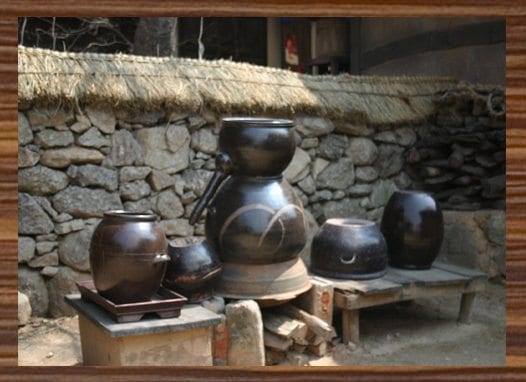
The mixture is then ready for distillation, placed in the Sojugori and let it boil, sealing the gaps with flour dough to prevent vapor from escaping, until the final product is produced.
This is the process on how to make Andong Soju.
The Modernization of Soju
Now, Soju thrives in modern Korean society established as the national drink. Though in the beginning of the boom in Soju consumption, older men in their 40s or 50s were the primary consumers, but in recent times there has been an increase of female drinkers (Gallup, 2015).
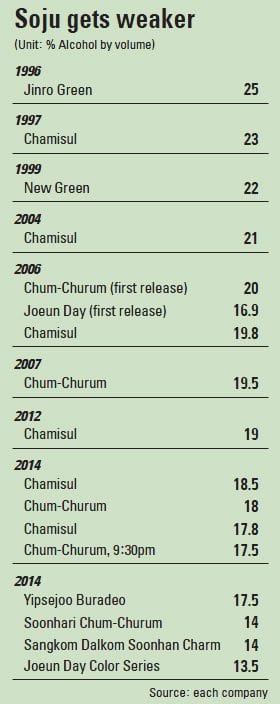
Soju alcoholic content has been decreasing over the years, since the late 1990s, following a worldwide trend favoring lower alcoholic content spirits, from an increasingly health-conscious society, having become such a weak beverage that doesn’t even start to compare to traditional distilled Soju, but with the growing popularity of softer soju the low levels of alcohol by volume are likely to continue.
With the popularity of low alcohol by volume (ABV) younger generations of South Koreans have become part of the drinking culture, and Soju brands have rebranded themselves to target this new demographic without really losing their established image.
During the era of industrialization in South Korea, Soju was more than just another alcoholic beverage, it was a symbol of solidarity, it brought comfort to the tired laborers and soothed their tired bodies. During that era, it surpassed makgeolli (막걸리) and became the standard at the distinctive after-work dinner culture in the recent decades.
As mentioned before, Soju is a symbol of solidarity, as such drinking alone is rare in South Korea, when drinking you are part of that group sharing and strengthen the collective harmony, all this is part of Korea’s drinking culture and skipping on such occasions tends to be perceived as a rejection of solidarity.
Some of the top regional soju brands you will find in the market include chamisul (참이술), chum-churum (처음처럼), goodday (좋은데이), yipseojoo (윗새주) and others.
The New Faces of Soju
Even though Soju’s bitter alcohol taste may be appreciated by many, as of 2015 a new twist for alcohol consuming is taking the nation by a storm. Especially targeted to women, a research conducted by Lotte Chilsung beverage, explains that even though women enjoy going to drinking sessions they are often reluctant to drink Soju or beer due to its high alcohol contents and strong bitter flavor, such trend started due to the increase number of women joining the workforce and thus taking part in the after-work get-togethers. So with the start of summer Lotte introduced a fruit-flavored Soju called “Sunhari Like the First Time” (순하리 처음처럼).
Industry experts shared their opinion that the fruit-flavored soju trend would not be sustainable and would not last for long, but just on the first week after launch Lotte sold over 1.2 million bottles of its new product and competitors started to launch their own citron-flavored beverages and have since then increased the consumption of low alcohol drinks among the young generations.
Soju’s Best Friends (Anju)
Like we said before, Soju is a drink for comfort and solidarity the same way you shouldn’t drink alone, you also shouldn’t just drink Soju.
Anju (안주) is a general term for Korean food that is consumed with alcohol. It covers a variety of food, including main dishes and side dishes.
So to make those get-togethers (회식) more enjoyable here are 8 of the best-recommended accompaniments for Soju.
1. Bossam (보쌈) | Steamed Pork Wrapped in Leaves
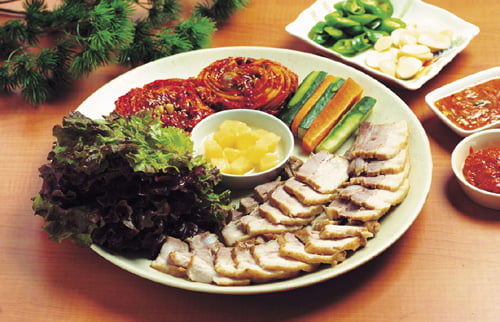
Bossam is steamed pork is wrapped in a leaf vegetable such as red lettuce or sesame leaf, often accompanied by a condiment known as ssamjang.
It is usually topped with raw or cooked garlic, onion, pepper, or sweet kimchi.
2. Dubu Kimchi (두부김치) | Tofu with Fermented Cabbage
Dooboo kimchi is a popular anju. And is a very simple dish that consists of boiled tofu, and kimchi.
3. Gamjatang (감자탕) | Spicy Pork Stew with Potatoes
Gamjatang is a spicy pork bone stew that is considered a traditional Korean dish with is hearty and rich in flavors.
This stew is assorted with vegetables such as cabbage, mushrooms, parsley, green onions and bean sprouts. Heavily seasoned with garlic, red chili peppers and roasted perilla leaves.
4. Hweh (회) | Sashimi or Raw Fish
Hweh is a Korean dish made from thinly sliced raw fish. It is served fresh on a platter with other side dishes to balance out the delicacy and texture of this meal. Unlike Japanese sashimi, the fish is usually dipped in sweet & spicy chojang sauce and then wrapped in ssam.
5. Jokbal (족발) | Seasoned Pork Trotter
Jokbal is a very popular pork dish to many Koreans worldwide. The pig trotters or legs (boneless) are spiced with black taffy, soybean sauce and ginger which gives it unique taste of the meat.
6. Maeuntang (매운탕) | Hot Spicy Fish Soup
Maeuntang is a hot spicy fish soup boiled with gochujang (red chili pepper paste), gochugaru (red chili pepper flakes) and various vegetables. As its main ingredient, fresh or sea-water fish is cut into several pieces and boiled with ground beef and green vegetables such as watercress and garland chrysanthemum.
7. Samgyeopsal (삼겹살) | Pork Belly
Samgyeopsal consists of thick pork strips, served in the same fashion as galbi but there is no marinating involved. It is usually cooked on a grill with kimchi, mushrooms, garlic, onions and consumed altogether.
This dish is usually served with a side of lettuce, spinach, or other leafy vegetable(s), which is used to wrap a slice of cooked samgyeopsal.
8. Sundae (순대) | Pork Sausage
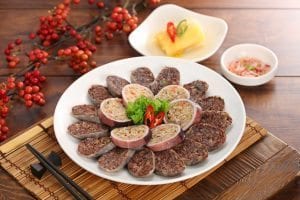
Sundae is a pork sausage, filled with mixed with sweet rice and sweet potato vermicelli noodles. It has great texture and guaranteed to melt in one’s mouth. A mixture of salt, ground pepper and gochugaru (red chili pepper flakes) is served alongside this dish for flavoring. Sundae is usually served with kimchi like cubed radish, kkakdugi, along with a warm miso-type soup or udon.
To Learn More about Soju’s History
The Soul Gallery Insadong | 전통주 갤러리 인사동
This gallery in Gangnam introduces various types of Korean Traditional Alcohol. The gallery changes its theme monthly and professionals guide visitors through the history of each drink.
*Reservation required prior to visiting
Email (For Reservations):
soolgallery@naver.com (Korean, English, Japanese)
Inquiries: +82-2-739-6220 (Korean, English, Japanese)
역삼동 Yeoksam-dong 621-16
Seoul, Korea 110-300
Blog & SNS:
Andong Soju and Traditional Food Museum | 안동소주박물관
Founded by master brewer Jo Ok-hwa, Andong soju is now part of Gyongsanbuk-do intangible Cultural property. Andong Soju and Traditional Food Museum was stablished in 1995 in order to teach future generations and are currently widely promoting the history of Andong Soju to several people not only in Korea but also foreigners.
Inquiries: +82-54-858-4541
Website:
www.andongsoju.net (Korean, English, Japanese,Chinese)
http://www.andongsoju.co.kr/ (Korean, English, Japanese,Chinese)
Address: (Naver Maps/ Google Maps)
Gangnam-ro, Andong City
Gyeongsanbuk-do
71-1
Korean Home Brew Research Center | 한국가양주연구소

This center was founded to promote home brewing in Korea through the sharing of recipes and other information, especially online. The institute offers reasonably priced online courses for the serious home brewer. It also hosts trips, seminars and other promotional events.
Inquiries: +82-2-583-5225
Website: http://www.suldoc.com/(Korean only)
Address: (Naver Maps/ Google Maps)
Bangbae-ro 6-gil,
Seocho-gu, Seoul
10-15
Now that you know all about soju, check out 5 Easy DIY Soju Cocktail Recipes to get creative and impress your friends or loved one.
If you found this article helpful, leave a comment below! You can also check out our article on “The Legal Drinking Age in Korea” and “Sooldamhwa: Get Korean Soju, Makgeolli & Other Traditional Alcohol Delivered in Korea“



